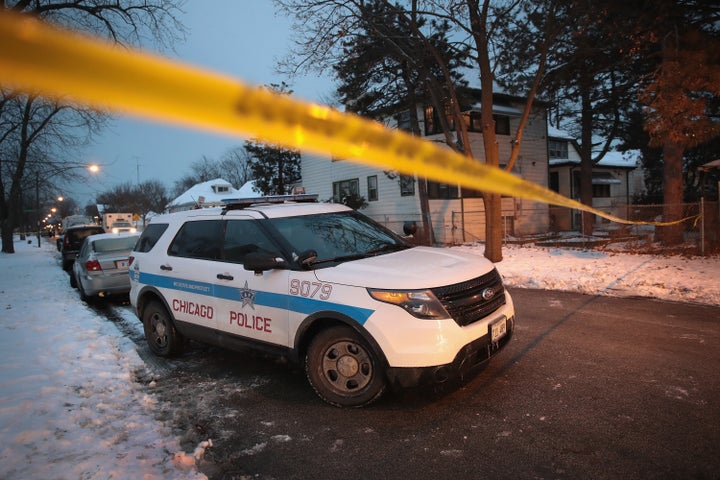
It’s a little too early for final figures to be published, but when it comes to how many Americans are killed or injured by other Americans using guns, 2016 will have been a banner year. Mid-year gun violence reports from Chicago, Memphis, Philadelphia and San Antonio show sharp increases there and elsewhere, experts predict that these trends may continue going up over the next couple of years.
Most of the research on the how and why of gun violence is based on identifying the demographic and geographic characteristics of the victim populations: age, race, location and so forth, which produces a basic profile about intentional gun injury as being overwhelmingly associated with young Black men who live in disadvantaged, inner-city neighborhoods where all sorts of social dislocation occurs. But, as Andrew Papachristos and his research associates point out in new research, the demographic-spatial method for understanding gun violence paints with such a broad brush that it offers little guidance for predicting exactly who might become subjects of gun violence, particularly since most individuals living in such neighborhoods do not engage in this type of violent behavior.
The predictive model created by Papachristos combines demographic data with what is called a ‘social contagion’ model in which it is assumed that individuals who are socially connected a victim of gun violence will themselves run a higher risk of becoming victims of gun violence. Identifying these social connections or networks was done by looking at all 16,399 gunshot injuries in Chicago from 2006 to 2014 within the 1,189,225 arrests made during the same period, then looking at the identity of individuals who were arrested at the same time for the same offense and then connecting this data to everyone who was shot.
Incidentally, for all the hullabaloo about the lack of government funding for gun research, I note that part of the funding for this substantial project came from the National Science Foundation, which also happens to be a government agency. Obviously, the lack of CDC support for gun research has created real gaps in the evidence about gun violence; perhaps there are other ways to skin the proverbial research cat.
When Papachristos combines this social contagion model with the traditional demographic approach, the predictive strength of this method rises above 70 percent; in other words, seven out of ten of the individuals who were later subjects of gun violence could be identified before the actual gun violence event took place. If this model can be replicated in other locations, what we might have here is the emergence of a new way to target gun violence interventions at a more specified population than just young, minority men in a particular location – a profile that fits many more individuals than the ones who are at highest risk for getting shot.
Which brings us to the unanswered problem which the authors of this important study admit, namely, that they were unable ”to assess why some individuals in the social network (indeed, the vast majority) never became gunshot subjects.” In fact, we could widen this lack of understanding to the whole question of violence itself. Because while intentional gun injuries, according to the CDC, annually amount to somewhere around 75,000, the number of intentional assaults that require medical attention each year is twenty times that number, while aggravated assault arrests run 750,000 each year.
The authors of this study choose to use a medical analogy – epidemic – to frame their approach to understanding gun violence. But the networks they have uncovered that spread gun violence are linked to an initial shooting, which means that someone is already dead or injured before any ‘social contagion’ connections can be made. To quote the brilliant Lester Adelson, “With its peculiar lethality, a gun converts a spat into a slaying and a quarrel into a killing.” How do we identify the individual who, unlike most of us, can’t engage in a disagreement or dispute without pulling out a gun? The question remains unanswered.
